
Çatalhöyük: The First Town of the Neolithic Age
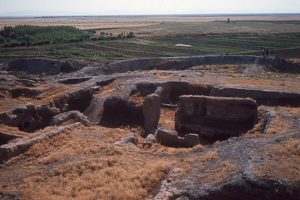
Lying on the Konya plain in the south of modern day Turkey, Çatalhöyük is the world’s earliest known town. Founded roughly 9500 years ago, the settlement covered 35 acres — making it larger than the ancient city of Jericho, founded some 500 years later. Archaeological evidence unearthed at Çatalhöyük suggests that the town’s 5000 to 8000 residents lived in a society with no class system or gender barriers. They subsisted on cereal farming, the raising of livestock and, most importantly, the trading in black obsidian mined from the mountain Hasan Dag, located 87 miles to the east.
Most interesting still was the town’s configuration. All homes in Çatalhöyük were built from sun-dried brick and entered through the roof. There were no streets, alleyways or plazas in the town — each house was built wall-to-wall to its neighbor. The result was a large cube, and eventually a mound, whose outer most walls formed a defensive boundary around the edge of the settlement.
The town’s unique construction has allowed its contents to remain remarkably well protected over thousands of years. The 1961 excavation of Çatalhöyük, covering just one square acre, yielded 139 intact rooms. Of those, roughly 40 were classified as “shrines” by British archaeologist James Mellaart for their unique revelations about the religious beliefs of Neolithic man.
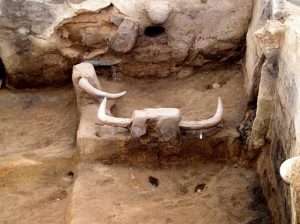
One wall of each supposed shrine were adorned with reliefs of the heads of bulls and rams, while others offered murals of birth and death scenes. Cattle horns, effigies of goddess figures and animals, and mounted human skulls were found in great number along with couches, textile fragments and other invaluable insights discovered within the ancient holy sites.
There were other equally startling finds in other chambers. Some rooms proved to be mortuaries, where striking murals portrayed vultures picking the bones of human corpses. Skeletons later discovered buried in the same rooms indicate that this was how the dead were prepared for burial in Çatalhöyük.
After flourishing for ten centuries, the town was abandoned around 5700 BC, as the greater population of the area begin to shift towards Mesopotamia. It would be there where originally Neolithic clans, such as the one at Çatalhöyük, would evolve into the world’s first kingdoms and states over the next two thousand years. To date, however, the ruins of Çatalhöyük remain one of Asia Minor’s most valuable archaeological finds and the most well preserved Neolithic site in the world.
__________________________________________________________
Family History
Family Births
- On 1704-04-27, Samuel COLEMAN is born in King and Queen, Virginia, United States
- On 1789-04-27, Frances Garnett TWYMAN is born in Madison County, Virginia
Family Deaths
- On 1579-04-27, Phillip JOHNSON dies in London, Middlesex, England (St Giles, Cripplegate, London, England--Burial)
- On 1591-04-27, Thomas ANSCELL dies in Barford, Bedfordshire, , England
- On 1686-04-27, John FLEMING dies in Charles Parish, York, Virginia, United States
- On 1919-04-27, Harriet Newkirk (Hattie) HALL dies in Greensboro, Guilford, North Carolina
- On 1949-04-27, Henry Shaw TWYMAN dies in place unknown
| Paternal Line | Maternal Line | ||
|---|---|---|---|
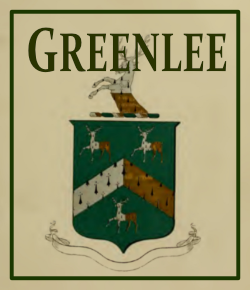 |
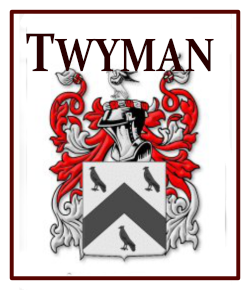 |
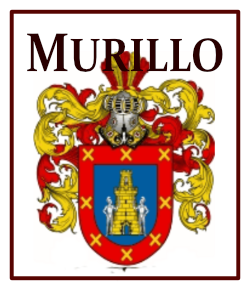 |
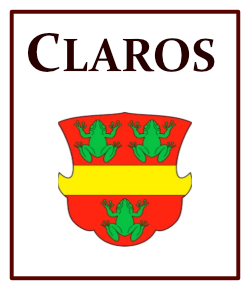 |
Categories
Genealogy
- Genealogy Portal
-
Search genealogical information related to the Greenlee, Murillo, Twyman and Claros families. Please contact us if you think we're related and can help each other in expanding our ancestry trees.
